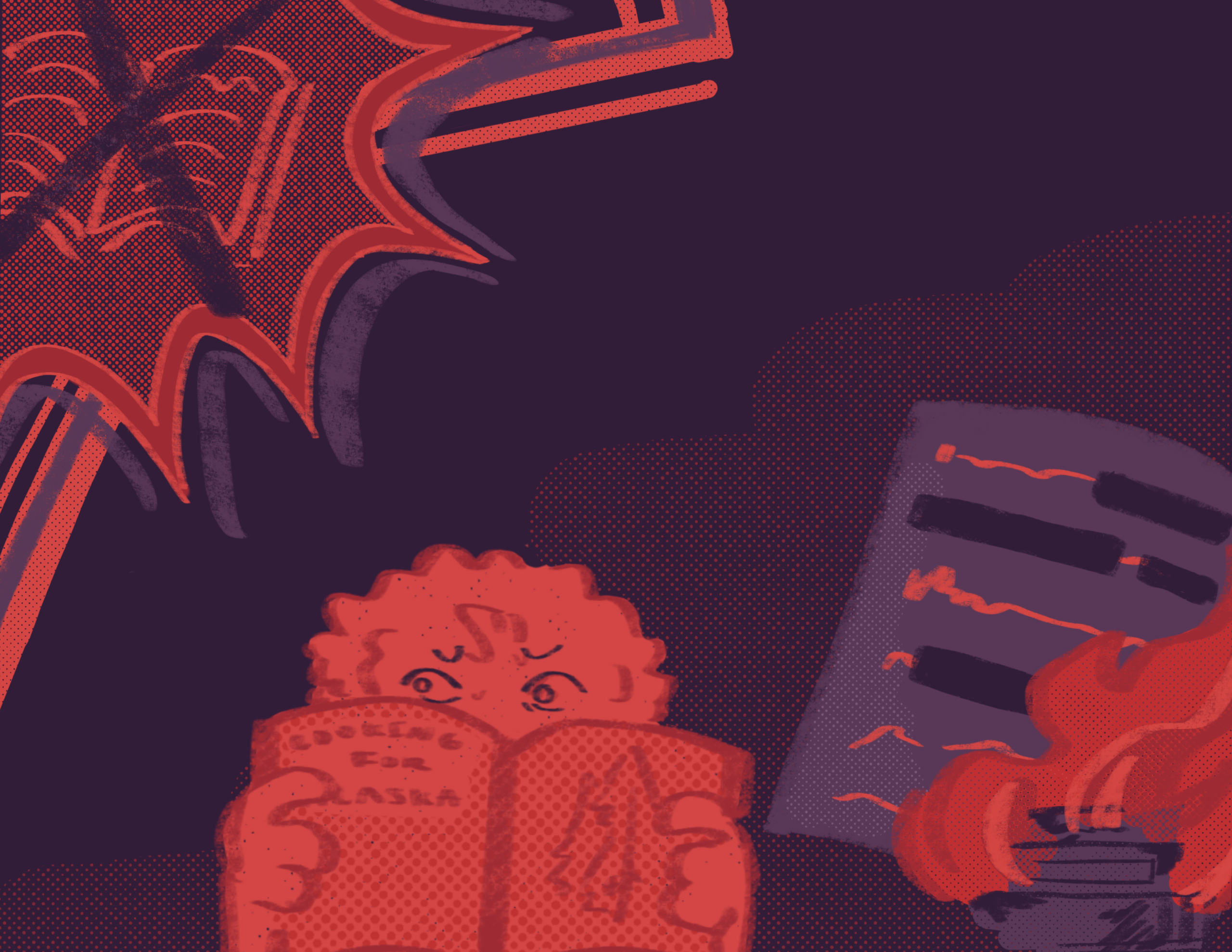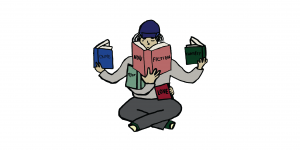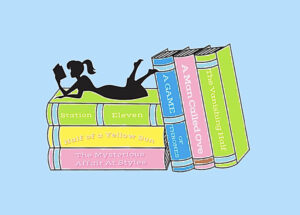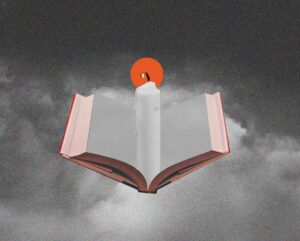My Australian high school library was one of the places I felt most secure. It was tucked away underneath the stairwell, almost like it was hidden from the rest of the world. In this sanctuary, I often found myself in the same reading ritual: cracking old book spines, flicking through dog-eared pages, tracing the etched title with my thumb.
The experiences of the protagonists in these books often mirrored the awkward growing pains that I experienced as an adolescent. Even when a novel’s plot drastically differed from my own life, the relatable sentiment of “feeling out of place” was often present in the books.
Books with explicit content had precautionary labels. After my librarian scanned these books, they read aloud any themes in the book I should be aware of, and I would confirm whether I wanted to read it. At the time, I never thought twice about this process. But, as I learned more about book censorship in American schools, I realized that I was fortunate to have librarians just double-checking whether I wanted to borrow a novel instead of being denied the option to read it entirely.
There has been a significant increase in book bans in the United States. Since 2021, PEN America has documented nearly 16,000 book bans in public schools across the country. With each book ban, it is not only the voices of their authors, but also the readers—including youth in the most formative time of their lives—who are silenced. Eliminating access to books dealing with topics of sex, mental health, gender, sexuality, and race from school libraries is Orwellian; it strips students of their autonomy and denies them access to crucial stories about adolescence. Banning books on the grounds of “obscenity” is not a solution to protect young adults. In fact, hiding materials that deal with taboo topics is more harmful than having them openly available to students.
PEN America’s most banned books list of the 2023-2024 school year encapsulates the concern that we are preventing adolescents from transitioning into adulthood by limiting the content they can read. There’s a pattern too: many of these books grapple with the struggles of growing up. The Perks of Being a Wallflower by Stephen Chbosky has been banned in 85 counties since it mentions LGBTQ+ identity. Tricks by Ellen Hopkins has been repeatedly challenged for its sexually explicit content. The Kite Runner by Khaled Hosseini is often removed due to its “racially divisive” words. This book is one of the many stories that I grew up with. I vividly remember reading passages aloud in English class. In a classroom environment, it was particularly impactful, sharing how we felt about the friendships, guilt, and sense of closure explored. These books’ central protagonists are adolescents, experiencing the adversity and the internal battles that we, the readers, face at their age.
Reading a coming-of-age novel can make adolescents feel less isolated and finally understood. I know it did for me. Young readers can feel like they’re growing up with the protagonist of the novel, or even see themselves reflected in the characters.
Young adult literature explores a diversity of issues affecting teenagers, from sexuality to drug use to mental illness. Topics that may seem too taboo for adolescents to discuss in the classroom or at home can be communicated on the page. Exploring these themes, such as sexuality, is something that most adolescents will do, regardless of the taboo. Yet these themes and scenes that teenagers are living through cause young adult novels to be censored on the grounds of “obscenity.” Looking for Alaska is often banned for its sexually explicit descriptions. John Green, one of the most well-known authors in the coming-of-age genre, argues that his book is subject to scrutiny because parents just read one page, a scene depicting oral sex, and report it to the school without understanding why it was included. On his YouTube channel, Green said that content was integral, exploring how intimate kissing can be more meaningful than emotionally empty oral sex.
Book bans have been further encouraged by the Trump administration. In January, the Department of Education announced they were going to end what they call “Biden’s book ban hoax.” The department has dismissed complaints related to book bans, rejecting the argument that the removal of books from school libraries creates a “hostile environment for students.” Their denial of the detrimental effect that book bans have is unsettling, normalizing the notion that students shouldn’t have autonomy over what they read.
This book ban sweep is also reducing the representation of minority groups. For these communities, who are already facing increased hostility and marginalization due to the Trump administration’s attack on Diversity, Equity, and Inclusion, the erasure ofA stories that speak to them and reflect their identities is alarming. When books are pulled from the shelves, voices are silenced.
While every book might not appeal to every reader, this does not mean that they should be inaccessible to every student. Especially in a vulnerable time when I was transitioning from childhood to adulthood, reading these stories helped me make sense of this confusing world. It is inevitable that as we grow up; we will learn and experience things beyond the control of our parents or guardians. So, coming-of-age novels must be accessible to adolescents. Shelves should be colored with our lived experiences.





